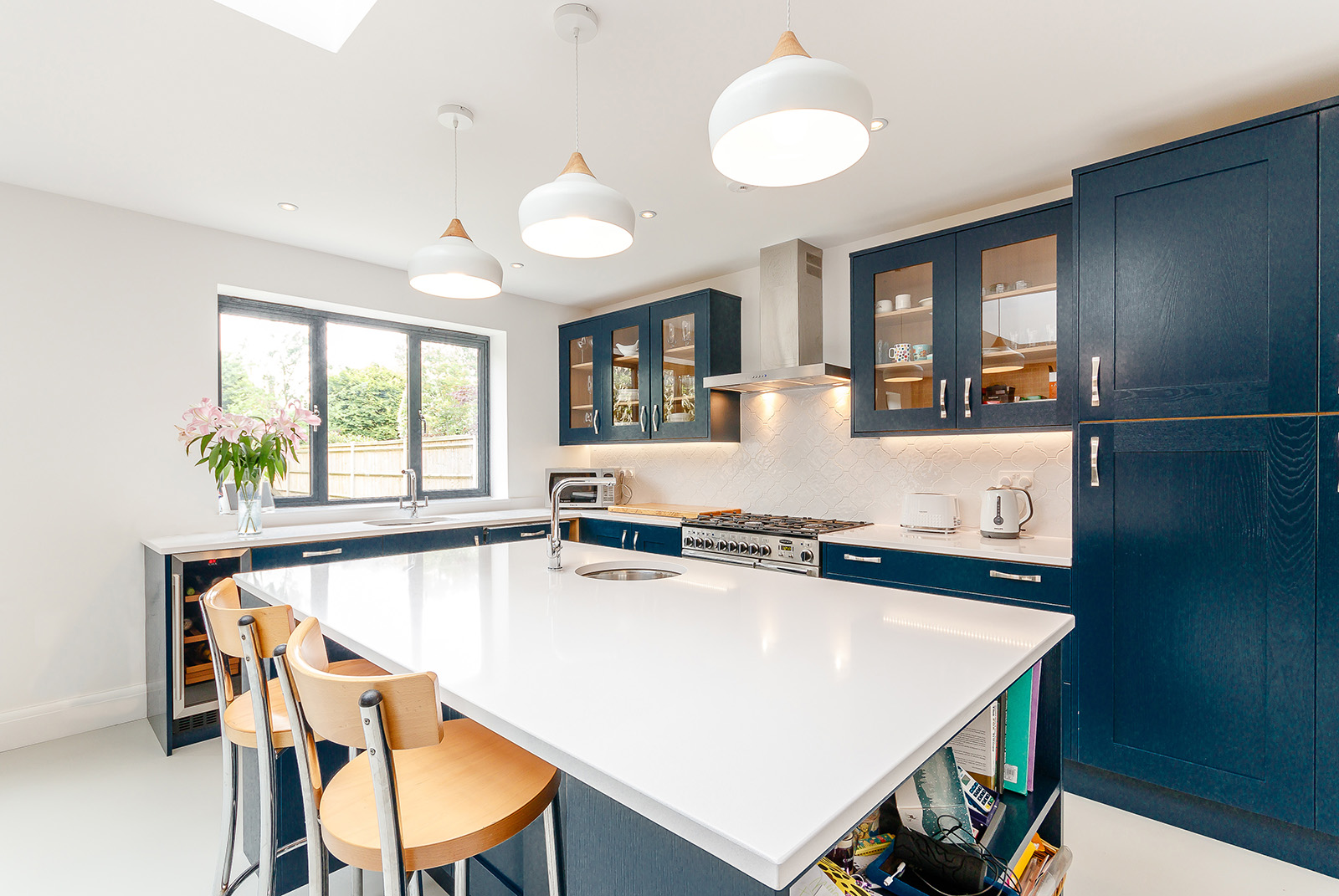Search

Selling
Conveyancing is defined simply as ‘the work involved in the legal process of moving land or property from one owner to another’.
Below is a quick reference overview of the Conveyancing process. We’ll also cover the timescales for when you should expect each step to happen.

Hopefully, the timeline above will have given you a bit of an understanding of the process, but if you are new to the buying or selling process, here is an overview of the timescales for when you can expect everything to happen.
If you’ve read our previous blog post What estate agents do for their fee, you’ll know that most of the value that estate agents provide, is put in after the sale is agreed. The national average for sales that reach completion is only 66%, which means 1 in every 3 buyers never actually move in. This is where you will most easily see the value of a really good estate agent – one that is on your side, supporting you throughout the process, chasing the relevant parties and holding everything together to make sure that the sale reaches exchange.

Once both the buyer and seller have agreed on a price the property is to be purchased for, the first thing most agents will do is compile a list of all parties involved in the sale and if the buyer is also selling a property, the agent will obtain details of the sequence of buyers linking the successive house purchases – one buyer dependent on the next to purchase their property. This is referred to as the ‘chain’.
One the sale has been agreed, your estate agent should take all of the stress away from this process so you should be able to rely on them to guide you through they process. Remember estate agents have dealt with hundreds of house sales so know the process inside out!
In the first 48 hours, your estate agent will check the following:

The vendor will complete and return the Sellers Information Form (SIF) and a completed a Fittings & Contents Form. These documents will outline precisely what is included in the sale of the property, detailing all the appliances included e.g. fridge, light fittings etc. Additionally, the vendor will supply to their solicitor, details of Leasehold information if appropriate.
The Draft Contract should have been prepared and dispatched to the purchaser’s solicitor.
In the first week, the Valuation/Survey should have been booked with the Lender so they can be satisfied that the property is worth the value of the mortgage (if required).

Before two weeks have passed the purchaser’s solicitor should have received the following documents from the vendor’s solicitor:
At this point the selling estate agent should establish what enquiries the buyers have regarding the property and help, if necessary, in obtaining the replies/chasing the vendor’s solicitor/chasing the vendor to ensure they are dealt with promptly.
The purchaser’s solicitor should have applied for the following initial searches:
As a guide, the searches should take approximately 2-3 weeks to come back, at which point the purchaser’s solicitor will raise any queries about anything that may have been discovered.
At this stage, your estate agent will also check the progress of mortgage applications to make sure there will be no delays when it comes to exchange of contracts.
When the purchaser’s solicitor receives search results they will raise any related enquiries to the vendor’s solicitor. The vendor’s solicitor will then answer any additional enquires raised and any search related enquiries.
The purchaser’s solicitor will receive the mortgage offer and instructions from the purchaser’s lender.
If it is a leasehold transaction you should check that the purchaser’s solicitor has received a copy of the lease together with Leasehold Information Forms.
The vendor’s solicitor will need to purchase the management pack from the building’s managing agents for a leasehold property. Your estate agent should be on the case and check that the vendor’s solicitor obtained funds from his client to purchase this.

The term ‘exchange’ refers to the moment that the buyer commits to purchasing and the seller (vendor) commits to selling. Both parties sign their respective contracts which are then ‘exchanged’ between the two solicitors. Exchange is really the point of no return, after which it is extremely costly for either party to withdraw.
Exchange normally takes place over the telephone, normally by way of what is known in the industry as law society ‘Formula B’.
Once exchange has happened, the matter is now legally binding and a fixed completion date will have been set.
When the agreed exchange date is approaching, all parties should have signed and returned contracts. The purchaser will have paid their deposit to their solicitor and a completion date must be agreed.
When contracts have been exchanged between the buyer and the seller’s solicitors, the seller’s estate agent will make arrangements for keys to be collected on the day of completion.
The seller’s estate agent should collect a set of keys from their vendor so that on completion the property can be left locked with spare keys left inside.
Completion is when the balance of monies is transferred from the purchaser’s solicitor to the vendor’s solicitor. Upon receipt of balance, the vendor’s estate agent is authorised to release the keys to the purchaser and the sale is complete.
Post completion the purchaser’s solicitor will deal with the registration of the new owners against the property at the Land Registry using the details supplied on the TR1 Form.
More Articles